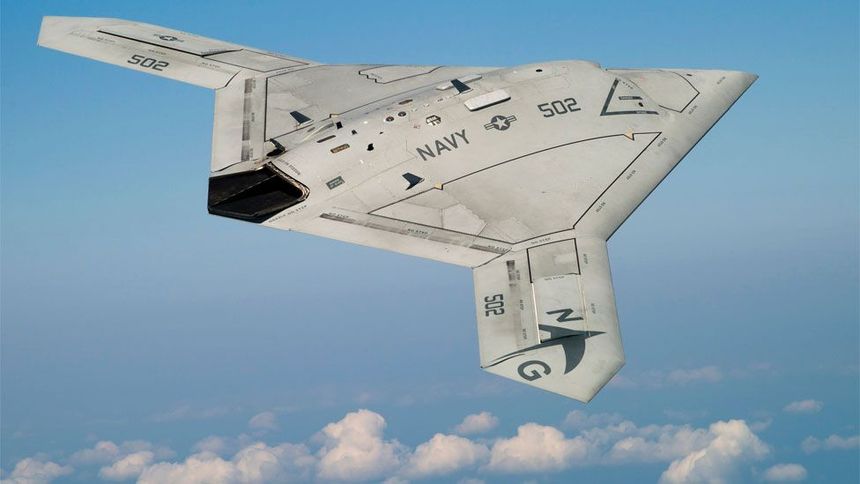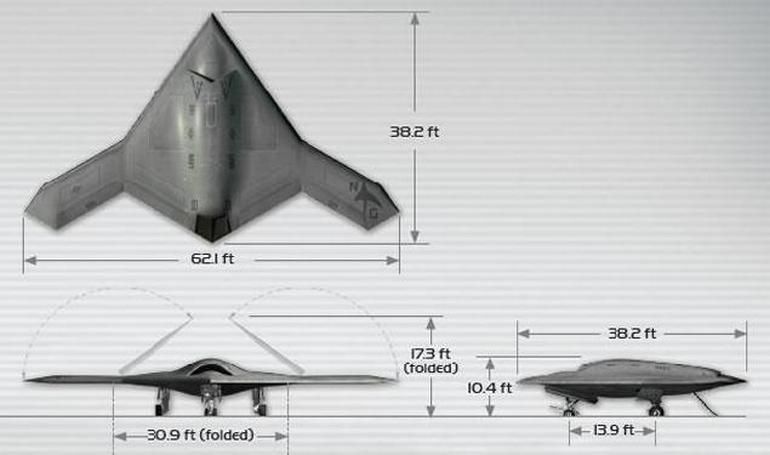akimbo
Active member
I came across this flying wing and decided needed to make an rc version. To figure out the cg, I built a small glider which is far from the final design, but it gave me a good idea of how it would need to be. For now, I am planning to make this a pusher prop but let me know if you guys would like it to be an edf. I decided not to go with an edf because I would have to alter the look of the flat exhaust . If a Northrop style exhaust is possible with an edf, let me know what would be the best way to implement it.








